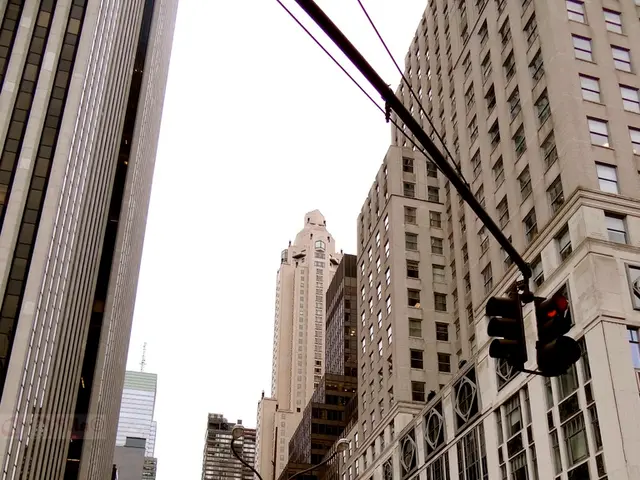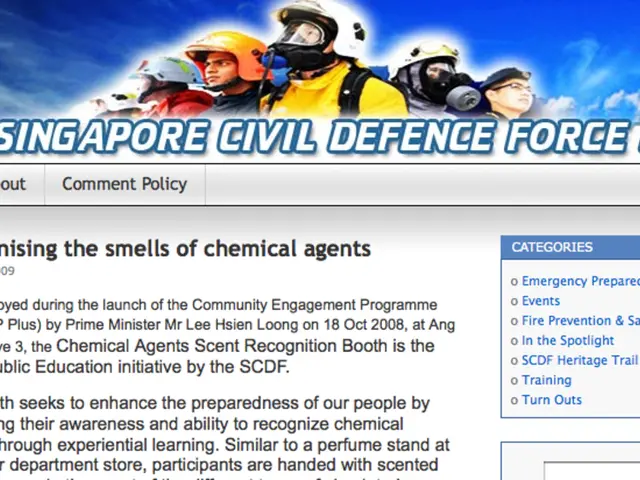Vinyl Chloride Monomer Market Set to Reach a Value of USD 28.0 Billion by 2034
The Vinyl Chloride Monomer (VCM) market is set to witness substantial growth, with the market projected to reach USD 28.0 billion by 2034, expanding at a Compound Annual Growth Rate (CAGR) of 5.7% from 2025 to 2034. This anticipated growth is primarily driven by the increasing demand for Polyvinyl Chloride (PVC), the primary product of VCM, in various sectors.
In 2024, the oxychlorination process held a 57.4% share in the VCM market, prized for its efficiency, cost-effectiveness, low energy consumption, and operational costs. Notably, North America led the global VCM market in 2024, commanding a 47.9% share and generating USD 7.7 billion in market value, due to robust PVC demand in the United States.
Key players in the market, such as BASF, Evonik, INEOS, Formosa Plastics, and AGC Chemicals, are making strategic moves to meet the rising demand. BASF, for instance, is enhancing its VCM production technology to minimize environmental impact, collaborating with partners to develop low-carbon PVC solutions, and optimizing its supply chain to meet rising demand from the packaging and healthcare industries.
Similarly, Evonik is investing in advanced VCM purification technologies to improve product quality and safety, working on circular economy models for PVC recycling, and focusing on energy-efficient processes to reduce carbon footprints in VCM manufacturing. INEOS is modernizing its VCM facilities in Europe and the U.S. to boost output and sustainability, investing in renewable energy integration for cleaner production, and exploring new PVC applications in the medical and water infrastructure sectors.
The Building and Construction Sector accounts for 44.8% of VCM consumption in 2024, driven by its use in producing PVC for construction materials. This trend is expected to continue as infrastructure projects worldwide, particularly in water systems and building materials, are significant drivers for VCM demand.
Moreover, the versatility of PVC extends to new applications, including municipal water systems and electric vehicle interiors, contributing to the market's expansion. The use of PVC in vinyl tiles and flooring continues to be a significant market segment, benefiting from innovations like AI-driven quality control.
However, the market is not without challenges. Environmental regulations require producers to adopt sustainable practices in VCM production, and businesses must prioritize process optimization, investing in sustainable technologies, and expanding into high-growth regions like Asia-Pacific. Strengthening supply chain resilience and integrating digital tools for production monitoring can help businesses in the VCM market improve output and reduce costs.
In conclusion, the VCM market's growth fuels demand for PVC in construction, creating opportunities in manufacturing and supply chains. With strategic investments, technological advancements, and a focus on sustainability, key players in the market are well-positioned to meet the challenges and seize the opportunities presented by the growing VCM market.
- In the realm of industry, key players like BASF, Evonik, and INEOS are investing in advancements, such as low-carbon PVC solutions, energy-efficient processes, and sustainable technologies, to cater to the rising demand in sectors like finance, real-estate, and home-and-garden.
- The fashion-and-beauty sector also benefits from the versatility of PVC, with its use in vinyl tiles and flooring, especially ones that incorporate AI-driven quality control.
- As for the lifestyle sector, the food-and-drink industry is another significant market for PVC, especially in packaging and healthcare, where companies like INEOS are exploring new applications in medical and water infrastructure sectors.
- The travel industry, seeking to reduce its carbon footprint, might find interest in VCM production's move towards renewable energy integration and sustainable practices, as required by environmental regulations.
- In the sports industry, PVC can potentially find a niche in the production of gear or equipment, given its versatility and growing demand in various sectors.
- Lastly, with Asia-Pacific being a high-growth region, businesses in the VCM market need to prioritize expansion into this region, alongside strengthening supply chain resilience and integrating digital tools for production monitoring, to optimize output and reduce costs.




